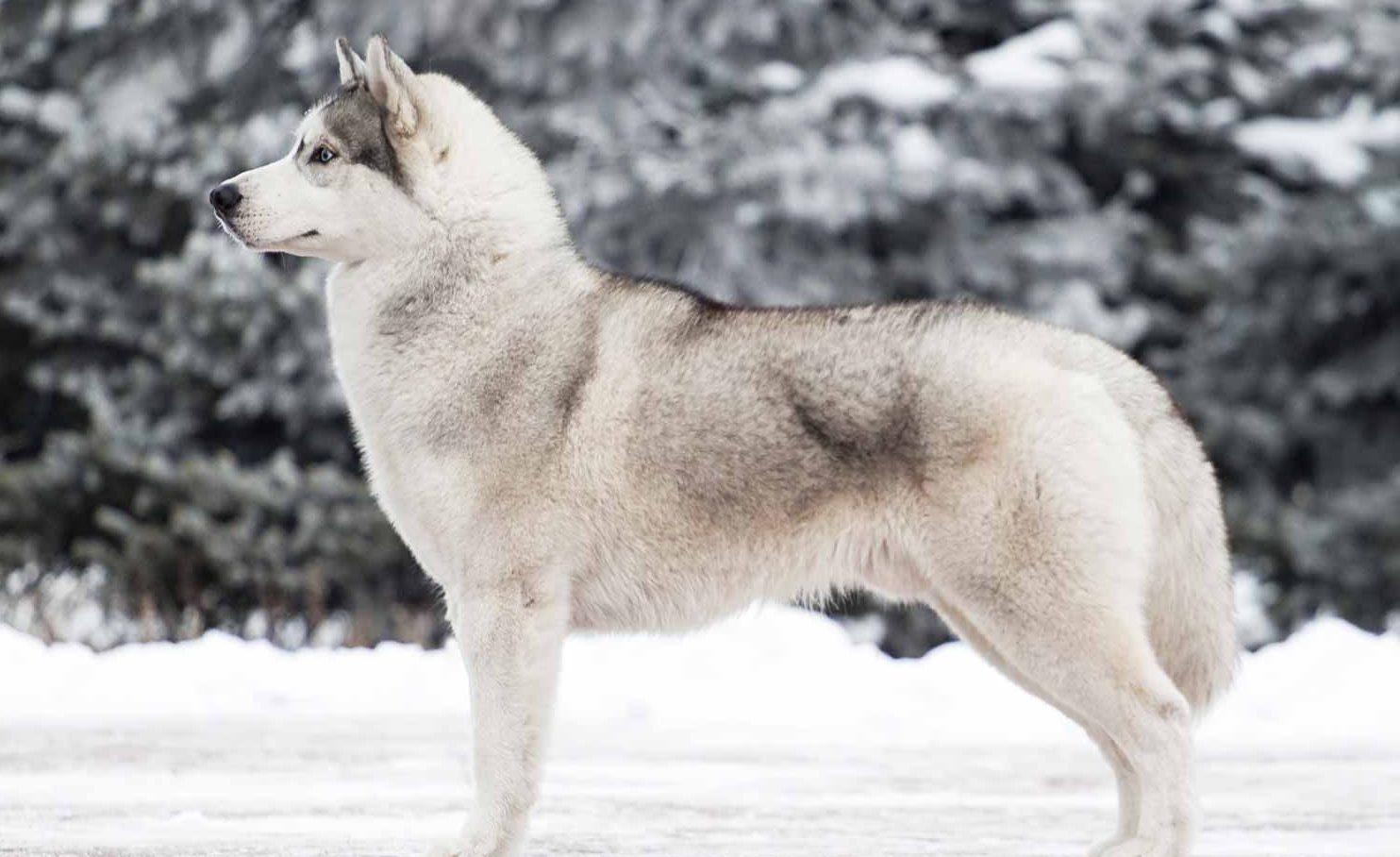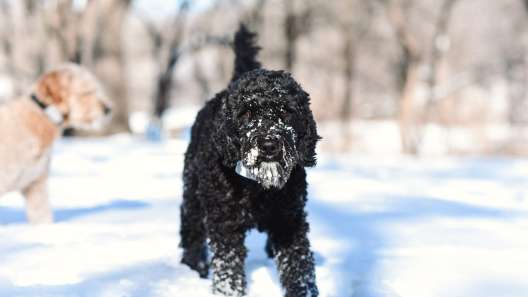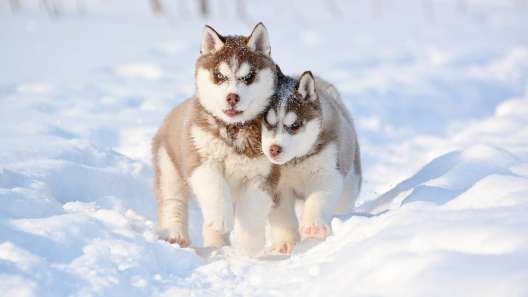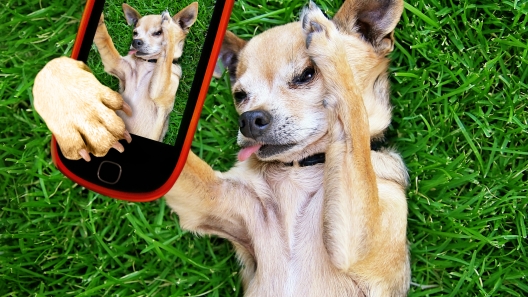-
Activity Level:
high
-
Shedding Level:
moderate
-
Grooming Level:
moderate
-
Trainability:
moderate
-
Good for Novice Owners:
moderate
-
Adaptability:
low
-
Kid/Pet Friendly:
sometimes
-
Prey Drive:
high
-
Watchdog:
very alert
- Average Size: Medium
- Average Lifespan: 12-14 years
- Registered?: aca, akc
Siberian Husky Dog Breed Information
Overview
Temperament
Adaptability
Health
Owner Experience
Grooming
Activity Level
Size
Life Span
Did You Know?
The Siberian Husky is a Spitz breed with origins in Northern Siberia; modern-day Russia. The working-class Siberian Husky, along with the Samoyed and Alaskan Malamute, are descendants of the original sled dog, the Eskimo Dog (Qimmiq). Originally, the Siberian Husky was used by the Chukchi people of Northern Siberian to pull heavy sled loads.
During the Nome Gold Rush from 1899 to 1909 in Alaska, this classic snow dog breed was imported and bred as working sled dogs. Along the way, they became well-liked family pets throughout Canada and the United States. The Siberian Husky is well-known for being able to sustain their strength while working in harsh conditions and is heralded as one of the most versatile and athletic working breeds.
The Siberian Husky is one of the most affectionate dog breeds. They are known for being loving family dogs, but also still exhibit some of their ancestral Wolf behavior. With a very strong protective and loyal instinct, Huskies bond closely with their families and are happiest when they are with them.
Well-socialized Siberian Huskies tend to get along well with children and other dogs, and are even open and friendly with strangers. They have a high prey drive, so will need socialization and training with other small pets in the household. They tend to do best with smaller animals when they have been raised with them.
Although Huskies generally do not bark a lot unless they have been trained into it, they are still vocal dogs. One of the facts about Siberian Huskies is that they are known for their vocalizations and talking. These dogs definitely have no problem communicating and telling you how they feel!
The Siberian Husky is a moderately adaptable dog breed. Their high energy makes them a better fit for houses with fenced yards where they can run. They can adapt to apartment living, but you will have to dedicate a lot of time every day to make sure they get enough exercise and mental stimulation.
Because they thrive on affection and attention from their favorite humans and get bored easily, Sibes do not like to be left alone for long periods of time. They do well in most climates, but are sensitive to heat. As one of the dog breeds that love winter, they definitely prefer the cold. Like Alaskan Malamutes, Samoyed, and other arctic breeds, you may have trouble getting your Siberian Husky to come inside when there is snow for them to lie in.
Siberian Huskies have an urge to chase and an urge to wander and roam. They also tend to be well-known as practically professional escape artists. Because of this, they should only be let off-leash in securely fenced areas as they may decide to ignore your recall commands otherwise. If you have a backyard, it’s a good idea to install a sturdy fence and other things to keep your dog from escaping the yard.
Potential health concerns to be aware of in a Siberian Husky can include eye disorders such as cataracts, progressive retinal atrophy, and corneal dystrophy. Good breeding practices and the health of the parents make a big difference in the health of Siberian Husky puppies.
Reputable breeders will screen their dogs to avoid passing preventable issues to puppies. Make sure you ask about the health and genetic history of both parents. You can also ask about any health tests or clearances that have been done. The Siberian Husky Club of America recommends an ophthalmologist evaluation and a hip evaluation at a minimum.
Siberian Huskies are intelligent and pick up on things quickly. Although they can be eager to please, they have a lot of energy, get bored easily, and can be very stubborn. These things can be challenging for first-time dog owners to handle alone.
As such, it is recommended that novice owners prepare to enroll in puppy training classes or enlist the help of a professional trainer. In addition to training, there are several other benefits of puppy training classes, including bonding time, socialization opportunities, and more.
The Siberian Husky has a thick and dense double coat and is one of the fluffiest dog breeds. They will shed year-round and will shed heavier as seasons change. They also tend to be self-cleaning dogs and tend to only need a bath a couple of times a year, unless they have been swimming, get dirty from outdoor activities, or are competing in dog shows.
Brushing a couple of times a week, getting into the undercoat at least once a week, and daily brushing during seasonal shedding help keep your Husky more comfortable and their coat healthy. A pin brush, metal comb, and undercoat rake are a few types of dog grooming brushes that are good to have on hand.
In addition to coat care, you will also need to take care of your Siberian Husky’s nails, ears, and teeth. Cutting your dog’s nails once or twice monthly is usually enough to keep them from growing too long and causing issues. Weekly ear checks and careful cleanings when needed can help prevent ear infections. Daily tooth brushing, along with cleanings at the vet as needed, is ideal dental care for dogs.
Take one part prey drive, add in one part working dog, sprinkle in some sled dog, and add some wolf genes – that may explain the energy level of the Siberian Husky. These working dogs are high-energy dogs and are an excited and playful breed that will keep you on your toes.
Daily walks plus some playtime, time to run on a leash or in a secure area, and other activities are usually enough for these dogs. But, as one of the most active dog breeds, you will likely tire out before they do.
Sibes are also versatile and athletic dogs. So, once puppies finish growing and developing, you can try a wide variety of activities with them. Huskies are one of the dog breeds that make good running partners. They also tend to enjoy swimming, hiking, playing frisbee, and more. They even tend to be good candidates for training for several dog sports.
A fully-grown Siberian Husky usually stands 20-24 inches tall and weighs 35-60 pounds.
Siberian Huskies generally live for 12-14 years on average.
Although Siberian Huskies were gaining popularity in the early 1900s due to winning sled races, their popularity absolutely soared after the famous “serum runs” of 1925 to save Nome, Alaska from a diphtheria outbreak. Balto, the lead dog on the final leg of the journey, continues to be the most famous Siberian Husky and also one of the most honored canines throughout history.









